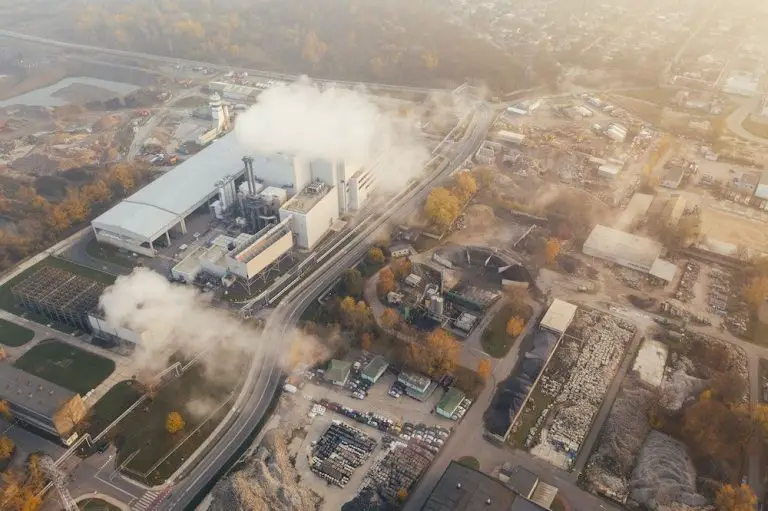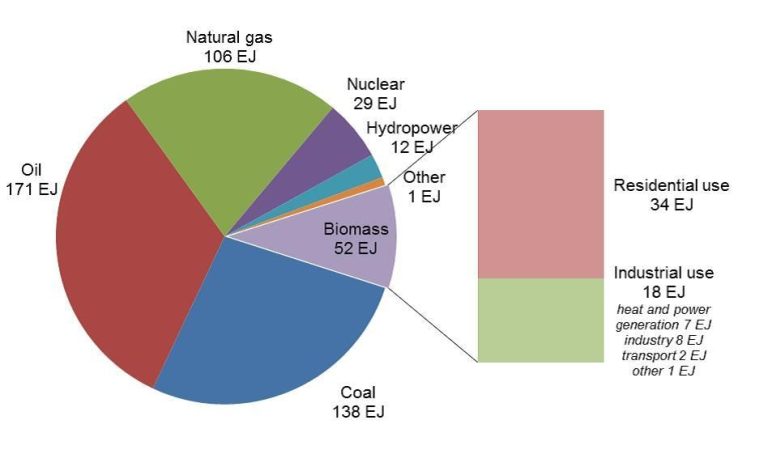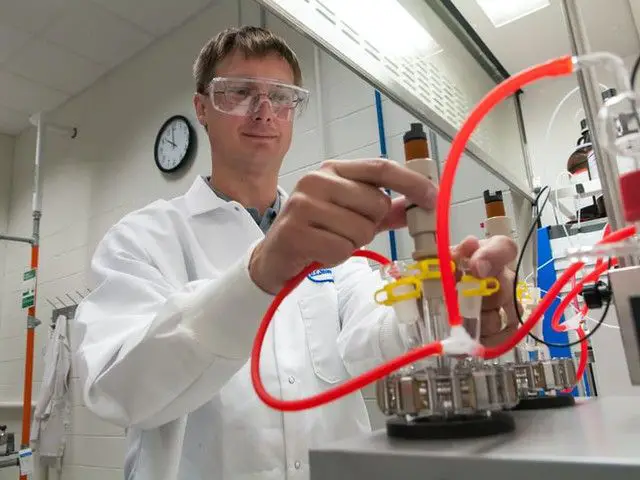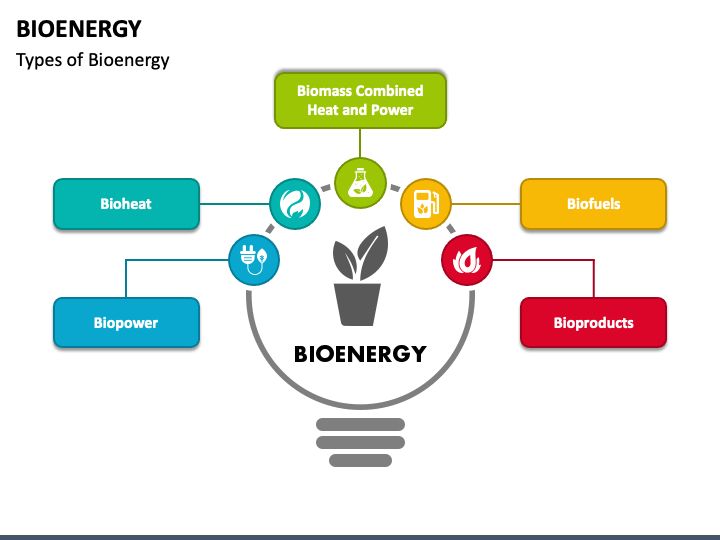What Is Done Using Bio Energy?
What is Bioenergy?
Bioenergy is renewable energy made available from materials derived from biological sources. According to the Merriam-Webster dictionary, bioenergy is defined as “energy derived from the conversion of biomass” where biomass refers to “plant materials and animal waste used especially as a source of fuel” (Source).
There are three main types of bioenergy: biofuels, biopower, and biogas. Biofuels are fuels derived from biomass that can be used for transportation, like ethanol and biodiesel. Biopower is electricity generated from biomass sources like wood, municipal solid waste, or biogas. Biogas is a mixture of gases produced by the breakdown of organic matter and can be used as a fuel (Source).
The main sources of biomass used for bioenergy include: plants, agricultural residues like corn stover and sugarcane bagasse, food waste and municipal solid waste, animal manure, and woody plants. Bioenergy provides a renewable alternative to fossil fuels that reduces greenhouse gas emissions.
Benefits of Using Bioenergy
Bioenergy has several important benefits that make it an appealing renewable energy source. First, bioenergy is considered renewable and sustainable when produced from replenished biomass sources like crops, manure, and tree residue (FDCE Inc.). Unlike fossil fuels which take millions of years to form, the biomass sources for bioenergy can be replenished in a short period of time.
Second, bioenergy reduces reliance on finite fossil fuel resources like coal, oil and natural gas. The US Department of Agriculture notes that increased use of bioenergy can “reduce dependence on fossil fuel, reduce reliance on foreign oil, [and] lower emissions of greenhouse gases” (USDA). Shifting energy production to renewable bioenergy sources helps preserve non-renewable fossil fuels.
Third, bioenergy produces lower lifecycle carbon emissions compared to fossil fuels. Since biomass absorbs carbon dioxide as it grows, the carbon released when bioenergy is used is offset during regrowth. This makes bioenergy closer to carbon-neutral compared to fossil fuels.
Finally, bioenergy feedstocks can be produced domestically supporting local economies. Bioenergy from purpose-grown energy crops, crop residue, manure and waste materials can provide income opportunities for farmers, rural communities and bioenergy companies within the United States.
Biofuels
Biofuels are liquid fuels made from biomass or waste materials that can be used to power engines and generate energy (1). The two most common types of biofuels used today are ethanol and biodiesel.
Ethanol is an alcohol fuel made by fermenting the sugars from crops such as corn, sugarcane, or wheat (1). It is primarily used as a blend with gasoline to reduce emissions and dependence on fossil fuels. Ethanol makes up 10% of the U.S. gasoline supply (1).
Biodiesel is made from vegetable oils, animal fats, or recycled greases. It can be used as a replacement for petroleum diesel in compression-ignition engines (1). Common feedstocks for biodiesel include soybean oil, canola oil, and used cooking oil. Biodiesel is commonly blended with petroleum diesel fuel.
Biobutanol is another type of alcohol fuel that can be produced from corn, sugar beet, wheat and other biomass feedstocks. It has properties similar to gasoline, but can be blended with diesel fuel as well (2).
Biofuels help diversify transportation fuel sources, reduce dependence on fossil fuels, and lower emissions compared to petroleum fuels. Most gasoline and diesel vehicles can use biofuel blends with little to no modification.
(1) https://www.energy.gov/eere/bioenergy/biofuel-basics
(2) https://en.wikipedia.org/wiki/Biofuel
Biopower
Biopower is the generation of electricity from biomass feedstocks like wood and agricultural waste. According to the World Bioenergy Association, global electricity generation from biomass reached 685 terawatt-hours in 2020, representing about 2% of global electricity production [1]. In the US, biomass power plants generated 36.57 billion kWh in 2022, accounting for about 1.4% of total US electricity generation [2].
There are several types of biopower plants:
- Direct-fired plants burn biomass directly to produce steam and electricity.
- Co-firing plants supplement coal-fired boilers with biomass.
- Gasification plants convert biomass into a syngas that is combusted.
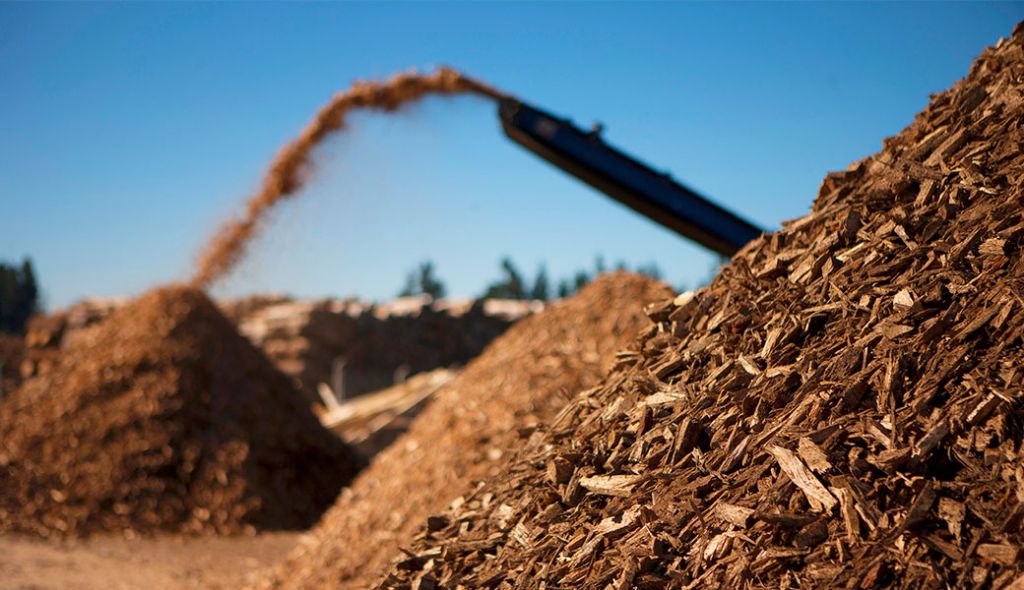
As a renewable energy source, biopower helps reduce dependence on fossil fuels and greenhouse gas emissions. The biomass feedstocks absorb CO2 as they grow, offsetting the CO2 released when burned for electricity. Biopower represented 45% of U.S. non-hydroelectric renewable electricity generation in 2019 [2].
Biogas
Biogas is produced through the anaerobic digestion of organic matter such as manure, sewage, municipal waste, green waste, plant material, and crops.https://biogas.ifas.ufl.edu/uses.asp The process involves microorganisms breaking down biodegradable material in the absence of oxygen, resulting in a methane-rich gas that can be used as a renewable energy source.
There are several uses for biogas:
- Heating – Biogas can be used similarly to natural gas for heating homes, businesses, schools, hospitals and more. Burning biogas for heat is 60% to 90% efficient.
- Electricity Production – Biogas can be used to generate electricity through combustion in a generator or microturbine. The electricity can be used on-site or sold to the local utility grid.
- Vehicle Fuel – After purification, biogas can be used to fuel cars, trucks, and buses that have been modified to run on compressed natural gas.
One of the main benefits of biogas is that it reduces methane emissions from organic waste. Methane is a potent greenhouse gas with 25 times the global warming potential of carbon dioxide. Capturing methane through biogas systems prevents it from being released into the atmosphere, contributing to climate change mitigation efforts.https://anaerobic-digestion.com/10-uses-of-biogas/
Sustainability
Sustainability is a major consideration for bioenergy. There are concerns around potential negative impacts of bioenergy production, such as land use changes, impacts on food supplies, and biodiversity loss. According to the Sustainability Principles outlined by the Sustainable Bioenergy Initiative, sustainable bioenergy production should avoid competition with food supplies and threats to biodiversity and ecosystems. Best practices involve utilizing marginal or degraded lands rather than converting forests or food-producing lands. Focusing on agricultural residues, waste biomass, and perennial crops can also minimize sustainability impacts.
Policies and incentives play a key role in shaping bioenergy sustainability. As stated in the Gray Group International report, providing support and frameworks to promote sustainable practices can incentivize innovation and investment in the most environmentally and socially responsible types of bioenergy. Overall, a holistic view encompassing full life cycle impacts is required to develop bioenergy sustainably while meeting energy demands and climate goals.
Policy and Incentives
The United States government has implemented various policies and incentives to support the development and adoption of bioenergy. Some key examples include:
The Renewable Fuel Standard (RFS) program, created in 2005 under the Energy Policy Act, mandates certain volumes of renewable fuel to replace or reduce the quantity of petroleum-based transportation fuel, heating oil, or jet fuel. The four renewable fuel categories are biomass-based diesel, cellulosic biofuel, advanced biofuel, and total renewable fuel. Under the RFS, the mandated volume of renewable fuel reached 20.09 billion gallons in 2022.[1]
The Biodiesel Tax Credit provides a $1.00 per gallon tax credit for biodiesel blended with petroleum diesel. The biodiesel mixture must be registered with the Internal Revenue Service (IRS) and meet ASTM specifications.[2]
The Renewable Electricity Production Tax Credit (PTC) provides tax credits per kilowatt-hour for electricity generated using qualified energy resources, including biopower from biomass resources like landfill gas and municipal solid waste. The PTC has helped make biopower more cost-competitive.[3]
Grants and funding opportunities for bioenergy research, development, and commercialization are offered through agencies like the Department of Energy, Department of Agriculture, and Environmental Protection Agency.
State governments have also implemented biofuel mandates, subsidies, and other supportive policies. For example, Illinois requires 6% of diesel to be biodiesel and has incentives for ethanol and biodiesel infrastructure.[4]
[1] https://www.ieabioenergy.com/wp-content/uploads/2021/11/CountryReport2021_USA_final.pdf
[2] https://afdc.energy.gov/fuels/laws/BIOD?state=US
[3] https://edis.ifas.ufl.edu/publication/FE974
[4] https://afdc.energy.gov/fuels/laws/BIOD?state=US
Challenges
While bioenergy offers many benefits, there are some key challenges that have inhibited its widespread adoption. Some of the main challenges include:
High upfront capital costs. Constructing bioenergy facilities requires major upfront investments. These high capital costs can deter investment and slow adoption (Source).
Feedstock availability and logistics. There are often challenges in securing adequate and consistent supplies of biomass feedstocks. Harvesting, collecting, storing, and transporting large volumes of biomass requires careful logistics planning and can constrain expansion (Source).
Lack of infrastructure. Unlike fossil fuels, there is limited existing infrastructure tailored for bioenergy facilities and feedstock supply chains. Developing this supporting infrastructure is a major undertaking (Source).
Future Outlook
The future looks promising for continued growth and adoption of bioenergy technologies. According to research by Smith et al. (2014), global energy crop production is projected to reach 80-140 exajoules (EJ) per year by 2050, a significant increase from current levels. This projected growth is driven by rising energy demand, improvements in bioenergy conversion efficiencies, and continued policy support in many countries.
Emerging bioenergy technologies like cellulosic ethanol, biomass gasification, and algae-based biofuels provide new opportunities to leverage waste streams and non-food crops. These advanced biofuels could displace up to 30% of transportation fuels by 2030, according to industry projections. There is also growing adoption of biopower from municipal solid waste, agricultural residues, and dedicated energy crops. The modularity and distributed nature of many biopower systems make them attractive for off-grid and remote power applications.
With continued technology improvements and cost reductions, bioenergy has strong potential to replace significant portions of fossil fuel use, particularly for electricity generation, heating, and transportation. According to Beringer et al. (2011), bioenergy could provide 100-300 EJ per year by 2050, meeting up to 25% of global primary energy demand. Realizing this potential requires sustained policy support, incentives for technology development, and efficient, sustainable practices for feedstock production.
Notable Companies and Organizations
Some of the leading companies involved in bioenergy production and development include Green Plains Renewable Energy, Fulcrum BioEnergy, and Sweetwater Energy according to the Biofuels Digest. Major industry trade associations and advocacy groups like the American Bioenergy Association and European Biomass Industry Association promote the use of bioenergy through conferences and policy initiatives.
Green Plains Renewable Energy, based in Omaha, Nebraska, is a leading biofuels producer focused on corn ethanol, specialty alcohols, biodiesel, renewable corn oil, and other bio-based products. Fulcrum BioEnergy converts household garbage into low-carbon jet and diesel fuels. Sweetwater Energy uses patented technology to create sugars from non-food sources for biofuel production.
The American Bioenergy Association represents over 100 companies across the bioenergy supply chain and advocates for supportive policies at the federal level. The European Biomass Industry Association based in Brussels represents over 100 European companies and organizations to promote knowledge and deployment of bioenergy in Europe.

